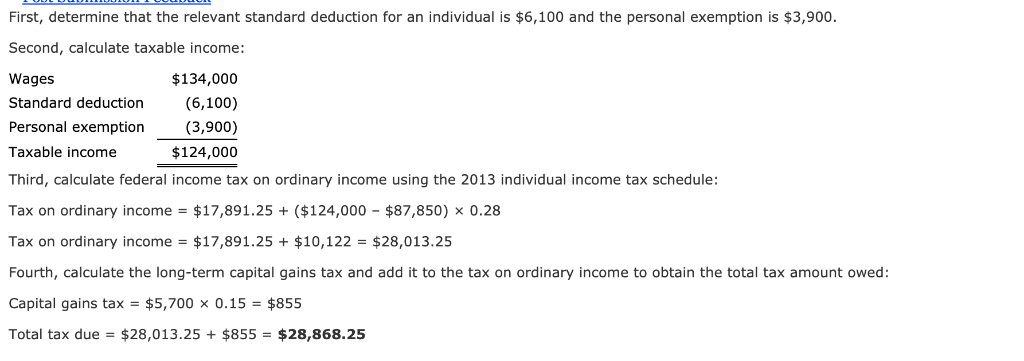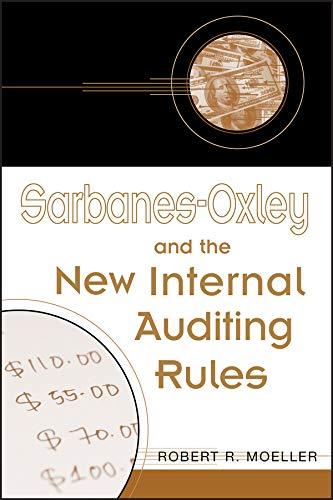Answered step by step
Verified Expert Solution
Question
1 Approved Answer
A) IN THIS PROBLEM WHERE AND HOW DO I FIND RELEVANT STANDARD DEDUCTION FOR AN INDIVIDUAL AND THE PERSONAL EXEMPTION? B) FOR THE FOURTH STEP


A) IN THIS PROBLEM WHERE AND HOW DO I FIND RELEVANT STANDARD DEDUCTION FOR AN INDIVIDUAL AND THE PERSONAL EXEMPTION?
B) FOR THE FOURTH STEP IN THE PROBLEM, WHY DOES THE CAPITAL GAINS STEP USE 15% AND HOW DO I FIND THAT 15%?

Step by Step Solution
There are 3 Steps involved in it
Step: 1

Get Instant Access to Expert-Tailored Solutions
See step-by-step solutions with expert insights and AI powered tools for academic success
Step: 2

Step: 3

Ace Your Homework with AI
Get the answers you need in no time with our AI-driven, step-by-step assistance
Get Started


